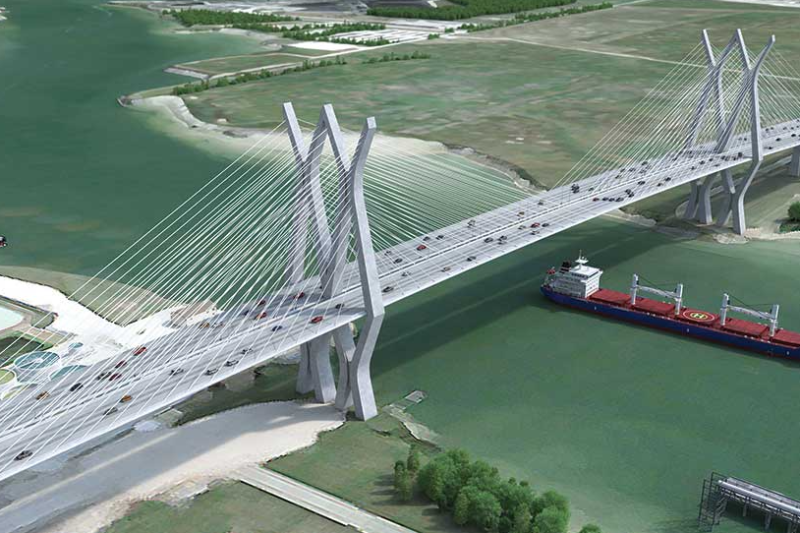Houston is home to many businesses including Southern Belt Construction & Remodeling. The Houston Ship Channel is part of the Port of Houston, which is one of the busiest seaports in the United States. The channel is the passageway for ocean-going vessels between Houston area docks and the Gulf of Mexico, and it also handles a growing amount of inland barge traffic.
By dredging Buffalo Bayou and Galveston Bay, the canal was widened and deepened. The channel begins four miles east of downtown Houston at the Turning Basin and ends between Galveston Island and the Bolivar Peninsula. Major goods, such as petrochemicals and grain from the Midwest, are transported in bulk with regular cargo. Buffalo Bayou, the original waterway of the channel, begins 30 miles west of Houston. Turning Basin in east Houston is the navigational head of the channel, the most upstream point to which general cargo ships can travel.
Along Buffalo Bayou and Galveston Bay, the channel offers multiple terminals and berthing points. Turning Basin, Barbours Cut, and Bayport are the principal public terminals. There are also numerous private docks, notably the ExxonMobil Baytown Complex and the Deer Park Complex.
Channel History
The channel, which is occasionally enlarged and deepened to accommodate ever-larger ships, is 50 miles long, 530 feet wide, and 45 feet deep. The islands in the ship channel are a component of the continuing project to enlarge and deepen the waterway. The Houston Port Authority is responsible for environmental mitigation and sustainable use of the islands, salt marshes, and bird islands.
Washburn Tunnel, Sidney Sherman Bridge, Beltway 8 Bridge, and Sam Houston Ship Channel Bridge traverse the canal. Also known as the Two Dollar bridge, Fred Hartman Bridge connects La Porte and Baytown, Texas, and Lynchburg Ferry.
CNN’s Planet in Peril featured the Houston Ship Channel as a potential polluter on December 25, 2007. The University of Texas found that children living within 2 miles of the Houston Ship Channel were 56% more likely to acquire leukemia than the national average.
Further Down The Line
On March 22, 2014, a barge carrying over 1 million gallons of marine fuel oil collided with another ship in the Houston Ship Channel, releasing its 168,000-gallon tank into Galveston Bay.
The waterway is currently dredged to a depth of 43–45 feet. The American Society of Civil Engineers (ASCE) recognized the waterway as a National Civil Engineering Landmark in 1987.
Large-vessel navigators who routinely use the Houston Ship Channel are familiar with the “Texas chicken” maneuver. As two vessels approach from different directions, they veer to starboard so their bows push them away from each other and the channel’s centerline. After passing, displaced water pulls the ships back to the river’s center.
Southern Belt is here to help with all remodeling needs and services! Contact (713)600-7801 for estimates and see our website to learn about the University of Houston System. Call Now!


No Comments
Be the first to start a conversation